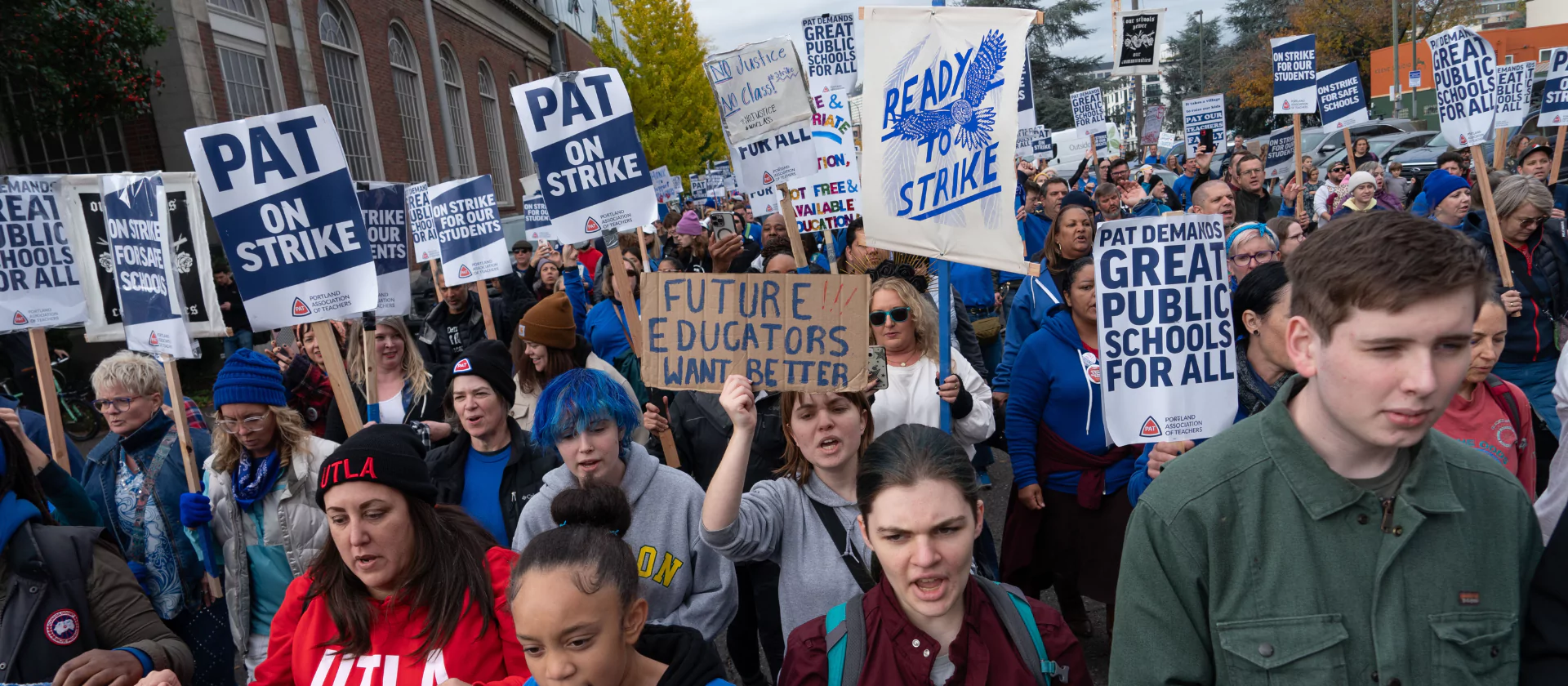Executive Summary
As Oregon families left the cash assistance caseload following welfare reform, Oregon could have devoted the savings to help low-wage workers continue building their skills and achieve true self-sufficiency. Instead, Oregon has spent a large chunk of the savings filling other budget holes.
Download a copy of this report: The TANF Shell Game: Oregon uses funds for helping poor families be self-sufficient to cover other budget holes
-
- Nearly a quarter of welfare-related spending in Oregon is going to pay for child protective services, not to promote self-sufficiency through traditional welfare services. Some of the savings from cutting self-sufficiency programs has been spent on K-12 education and the Oregon Health Plan.
-
- Total, inflation-adjusted spending from all federal and state revenue sources on the four traditional self-sufficiency programs – child care subsidies, employment services, cash assistance, and emergency assistance – fell from $744 million in 1993-95 to $478 million in the 2003-05 budget period.
-
- Because funding for the four traditional self-sufficiency programs has not remained at 1993-95 levels, Oregon’s low-income families have lost a total of $861 million in support over the last decade.
- In 2005-07, despite Oregon’s return to economic growth, these programs are being cut even more.
Major spending cuts in self-sufficiency programs were produced by deliberate policy choices that had nothing to do with how well Oregon’s poorest families were doing.
-
- Oregon has required families to be deeper in poverty each year to be eligible for temporary cash assistance. By 2005, eligibility shrank to 46 percent of the federal poverty level for a mother with two children. In 1991, it was at 66 percent of poverty.
-
- Less than two percent of Oregon TANF cash assistance recipients had earnings from work in 2005. Nationally, 25 percent of adult TANF recipients were employed in 2004.
- The number of able-bodied families with children in Oregon who were poor in 2001-03 stood at about 65,000, essentially the same number as when welfare reform began in the mid-1990s.






